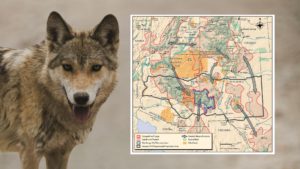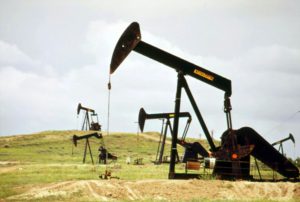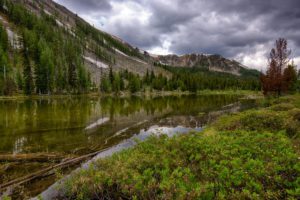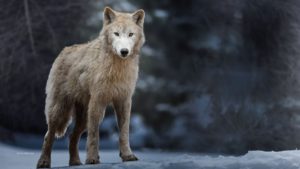The New York Times features a piece about many of the environmental costs of the outlandish consumption of meat the world has seen increasing over time. Rethinking the Meat-Guzzler :
Consider: an estimated 30 percent of the earth’s ice-free land is directly or indirectly involved in livestock production, according to the United Nation’s Food and Agriculture Organization, which also estimates that livestock production generates nearly a fifth of the world’s greenhouse gases — more than transportation.
To put the energy-using demand of meat production into easy-to-understand terms, Gidon Eshel, a geophysicist at the Bard Center, and Pamela A. Martin, an assistant professor of geophysics at the University of Chicago, calculated that if Americans were to reduce meat consumption by just 20 percent it would be as if we all switched from a standard sedan — a Camry, say — to the ultra-efficient Prius. Similarly, a study last year by the National Institute of Livestock and Grassland Science in Japan estimated that 2.2 pounds of beef is responsible for the equivalent amount of carbon dioxide emitted by the average European car every 155 miles, and burns enough energy to light a 100-watt bulb for nearly 20 days.
Putting the consequences of the world’s overconsumption of meat into macro-terms certainly drives the point across, but as Western Watersheds Project has been showing, and remedying, for over a decade is the regional environmental consequences of livestock production in the arid West. Namely, the loss of biodiversity verging on the impact of logging and mining combined, the loss of soils, loss of water, of wildlife habitat, of predators and a host of elegant wildlife including bighorn sheep, pygmy rabbits, sage grouse, free-roaming buffalo, and many many more. The loss of local and federal governments’ regard for equitable representation of the general public interest and the rule of law must also be added to the list.
Considering the consequences in their particularities, as in Livestock vs. wolf or Livestock vs. pygmy rabbits, as the media in the West is prone to do in framing these issues, does little to illustrate the true questions concerning livestock production – especially on public lands. The question becomes whether all of these consequences in their aggregate are worth it. Whether our federal public lands will be managed as private pasture for a few politically connected to grow their subsidies:
Or whether your federal public lands will host vibrant habitat, diverse wildlife, clean water, and true wild places.
“A reduction in beef and other meat consumption is the most potent single act you can take to halt the destruction of our environment and preserve our natural resources. Our choices do matter. What’s healthiest for each of us personally is also healthiest for the life support system of our precious, but wounded planet.”
— JOHN ROBBINS, author – Diet for a New America; President, EarthSave Foundation
